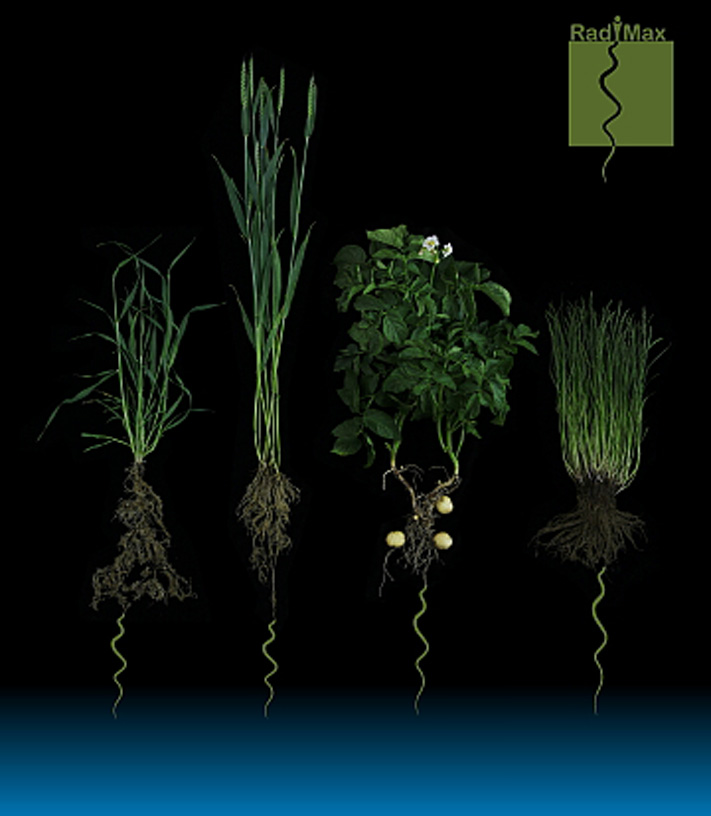Increased drought tolerance and productivity in the future
While climate is changing to more extremes, scientists at DLF-TRIFOLIUM gear up for improving robustness in future grass varieties by selecting plants with deeper roots.
Every day millions of gallons of water are drawn up to the surface from far below. This process is operated in silence by pale, slim grass roots growing in the dark aiming for water. Although completely vital for plant production it’s attraction for genetic improvement has been negligible. Not anymore. In a major grant from the Danish Innovation Foundation DLF-TRIFOLIUM will explore the genetic potential in grasses for producing deeper roots together with three other Danish breeding companies and three universities.
“For many years we have eagerly wanted to improve root traits in grasses because we believe deep rooting is a key to achieve better drought tolerance and fertilizer utilization” says Christian Sig Jensen, who is senior scientist at DLF-TRIFOLIUM and coordinator of the €2.8 M project, called RadiMax.
Progress in root development has so far been hampered by technical difficulties in measuring root growth under field conditions. “There have been numerous experiments looking at root architecture in glass tubes or pots and some even with 3D imaging but in our mind these conditions are far from what grasses experience in the field”. “In the RadiMax project we want to build a facility that allows us to select for deep rooting under real life conditions and conduct sophisticated scientific measurements at the same time”.

The facility consists of a 10 m wide and 0-3 m deep grave that can hold up to 400 plant lines. Plants in the facility will only be irrigated from the bottom, which means that along the 0-3 m slope the distance to water layers will increase. Each plant line will be monitored from below through Plexiglas tubes installed along the slope under each line and from above using multispectral cameras designed to measure water and nutrient status of the plants.
“All the trait characteristics from the facility will be used in our Genomic Selection program”, says Christian. “In this way we can calculate the genetic potential for deep roots in other grass material”. “I am so excited about this project both because of its potential, but also because of the great enthusiasm I sense among scientists working on the facility”. When the facility is ready in 2015 it will be used to select superior deep root varieties in wheat, barley, potato, and of course grasses. “This is our way of doing something radically in making plant varieties more robust for future climate extremes”.
